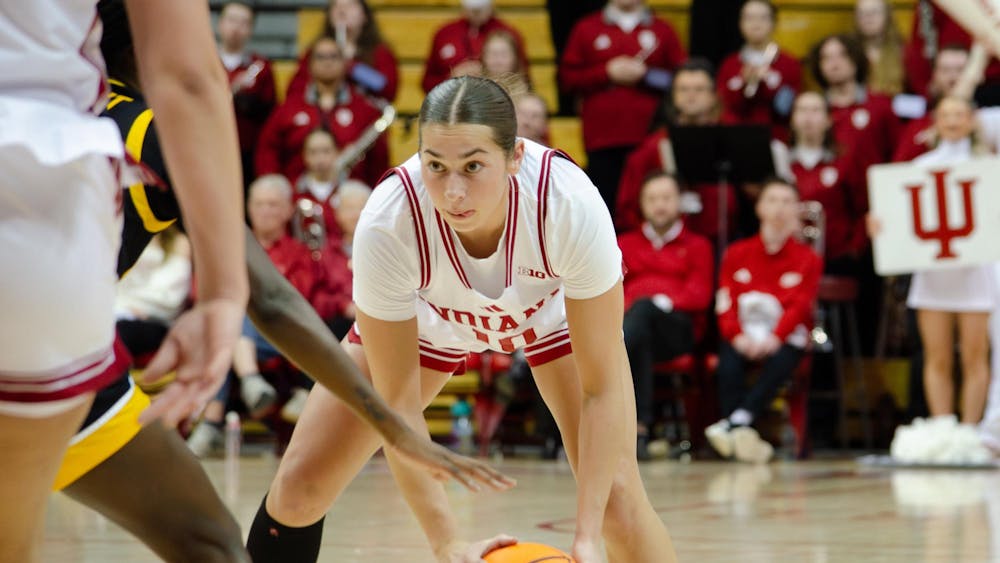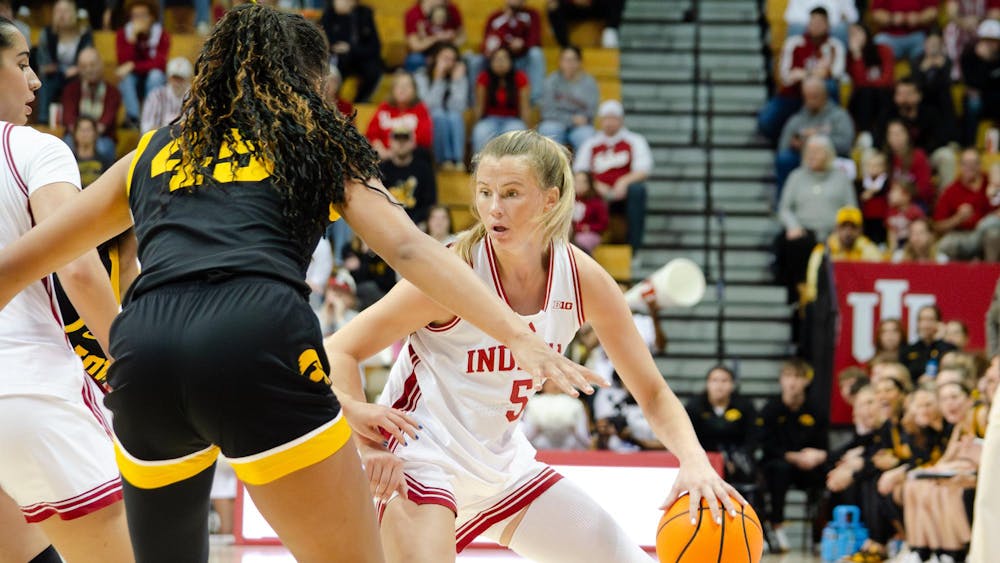The filmmaker works heavily with issues of immigration and Mexican culture. She has produced four different documentaries, two of which were shown at IU Cinema on Monday and ?Tuesday night.
Almada said she came to film by accident. She received her MFA in photography from the Rhode Island School of Design and was later drawn to filmmaking.
“I don’t think I ever woke up one morning and said, ‘I’m going to be a filmmaker,’” she said. “I love images and I think that’s what brought me to film.”
Almada grew up in two different cultures: Mexican and American. Her father was from Mexico and her mother was from the United States.
Growing up in this atmosphere led her to express herself in images because many times words, and especially language, failed to translate what she was feeling, ?she said.
After coming to filmmaking, Almada used her talents and background to give a voice to those who aren’t being heard, especially people like immigrants.
“The camera is like a mirror that I would place between me and someone else,” she said. “Whatever came out of it was as much a reflection of them as it was of me.”
Because of Almada’s subject matter, she often has to think about the ethical dilemmas involved in her films.
At the lecture, Almada showed a clip from her film “Al Otro Lado.” The 2005 film tells the story of drug trafficking and what draws people in Mexico to choose this path.
In the clip she showed, three Mexicans were arrested just north of the ?Arizona-Mexico border.
She said part of her wanted to tell them to run when they were discovered. But choosing to film what was happening was an ?ethical choice.
“I had decided at that moment that I wouldn’t use the footage if I didn’t get to talk to the people that were found,” she said. “I humanize them in the footage and gave them a voice. They aren’t animals in a hole.”
In her footage, Almada sat on the ground with them as they waited for authorities to arrive. The position of the camera, maintaining eye level with them, helped her humanize them and ?their situation.
“That perspective on the camera is super important,” she said. “If I had been standing above them and looking down, I would have kept them in their position. It says a lot about the language of the camera and the frame.”






